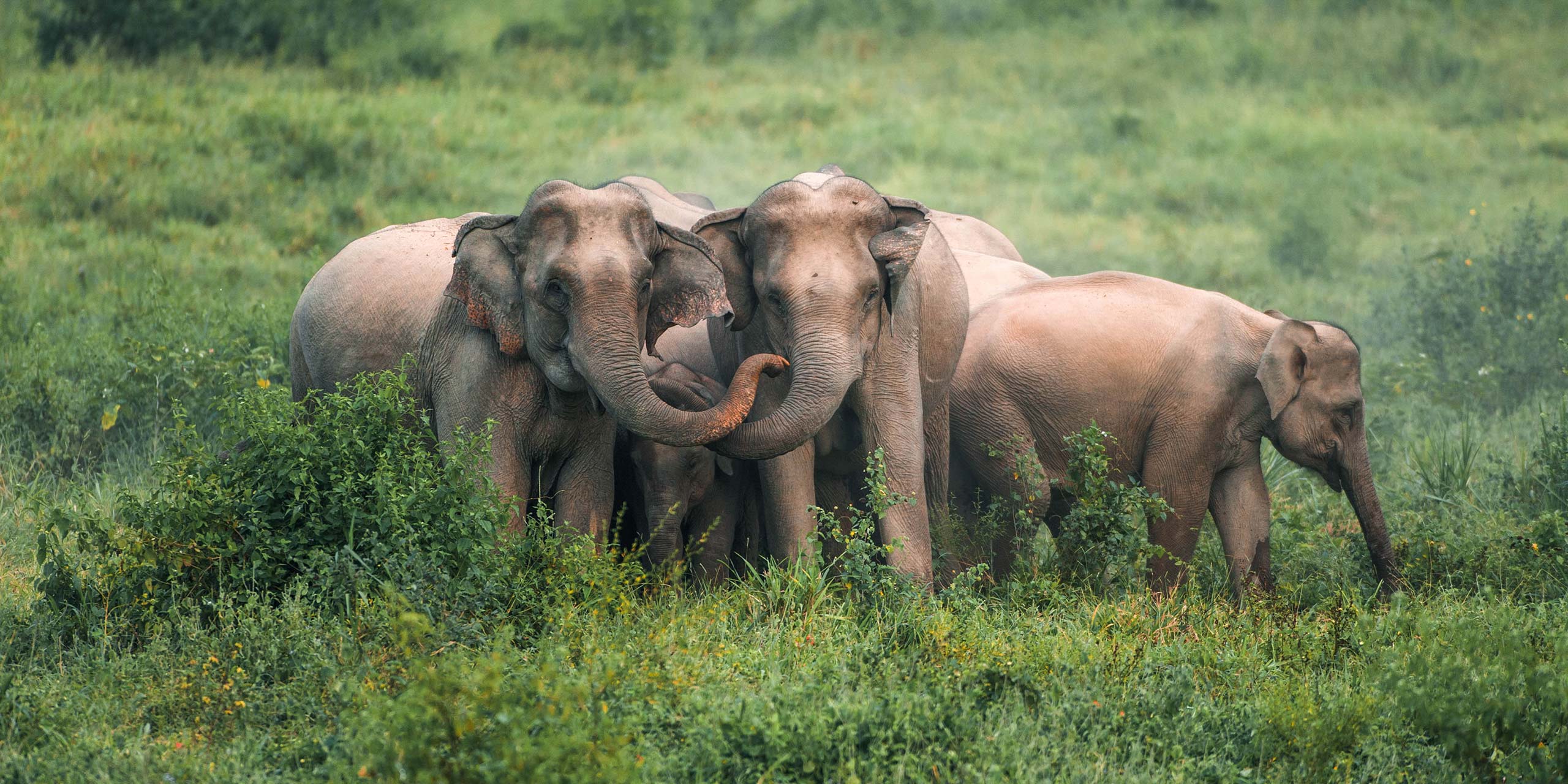
Down a ridge and across a small river, a big elephant stood in a clearing along the bank. Our guide told us this majestic female was the matriarch of a large family and was calling them out of the hills around us.
A hundred meters away, the first wild gaur I ever saw stood at the tree line grazing like a water buffalo on steroids. There was a dozen other tourists on the ridge with cameras and spotting scopes. Our guides were crouched in the bush spotting the animals as they came out of the dense coverage.
Kui Buri National Park isn’t big like its neighbor Kang Krachan and isn’t famous like Khao Yai, but it is the best place to see wild elephants in the kingdom. Although only an hour and a bit southwest of tourist hotspot Hua Hin, Kui Buri feels like a world away from civilization as even small towns make way for mountains, fields, and forests.
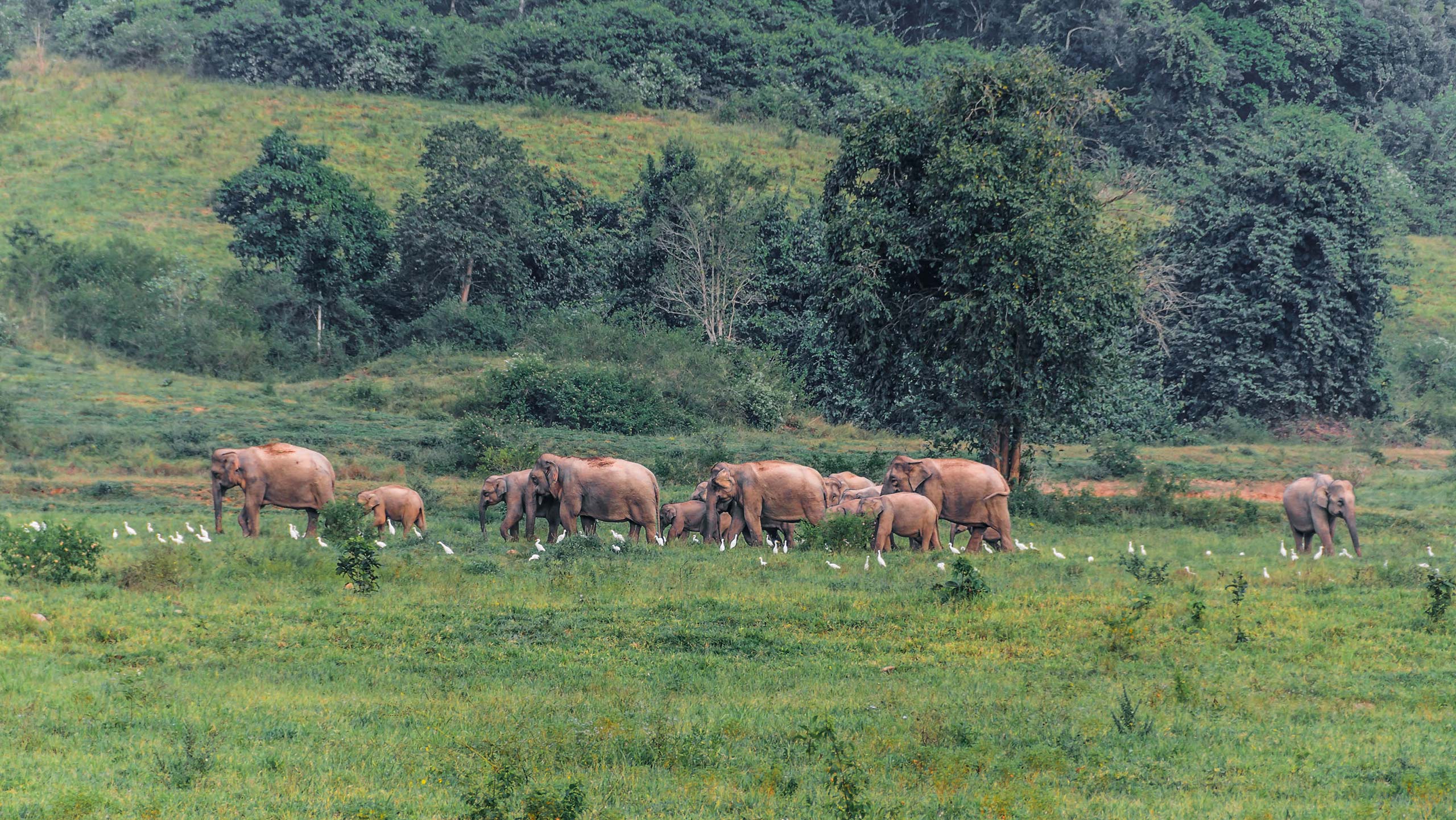
The diversity of the park is rich. The largest population of wild elephants in Thailand, perhaps the only wild population of gaur, wild cattle everywhere. Tigers, leopards, and tapirs are known to inhabit the park. Much more common are white-handed gibbons and barking deer. Reptiles and birds are also prominent in the forest, and they alone attract travelers from all over the world.
The roads inside the park are rough and gouged, and the trail we followed was steep, but the driver expertly steered us over the hills and through mud bogs.
At only 1000 square kilometers, Kui Buri feels far more removed from civilization when looking at the horizon. The scenery of the jungle, forest, and conical hills all around is worth the trip alone. Soon into our safari, we come across a young female elephant with her calf not far off but in dense foliage. Our guide recognized the mother and told us her calf was only three weeks old. The young mother was weary of the truck and soon led her calf off into the heavier jungle and out of sight.
The truck ground slowly along the trail where wild cattle were so abundant, they became like seeing cows out to graze in farmland.
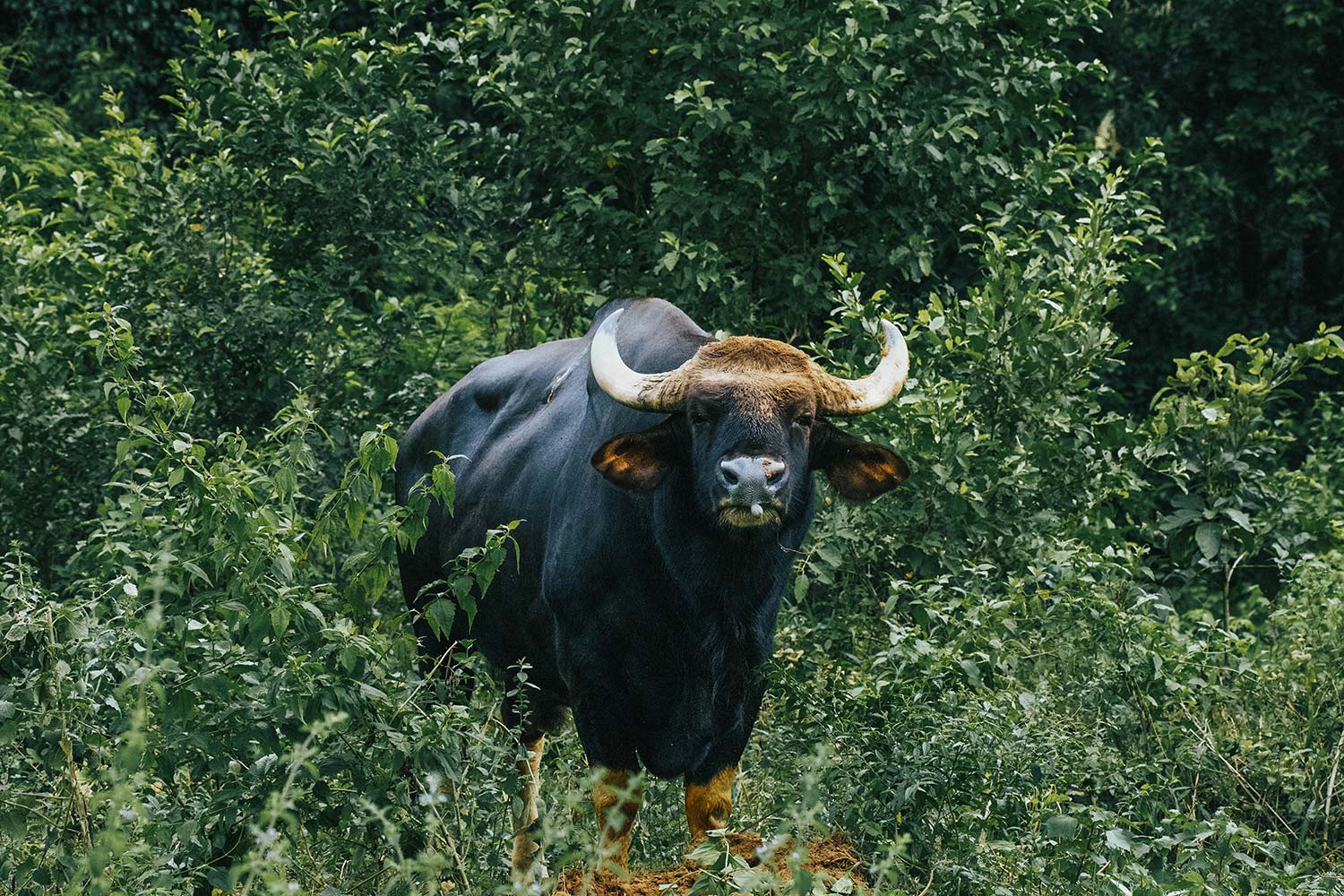
I had never seen a wild gaur until we arrived at the ridge. Here our guides pointed out that majestic mother calling in her family. Then pointed out the gaur casually grazing off in the near distance. It was auburn colored and only slightly smaller than the elephants. It was so heavily muscled it seemed like a Hollywood creation. Postmodern realization sometimes is hard to dismiss and at the time the only way to comprehend this beast was to pretend it wasn’t real.
We watched the elephants slowly emerge from the jungle. Over an hour more than twenty elephants arrived in the clearing to graze, water and socialize. The young mother and her calf we saw earlier were there. The calf who perhaps was getting to know her extended family for the first time was being bossed around by other youngsters as she felt her way through the family under her mother’s watchful eye.
I had seen elephants in the wild before, but never like this. Watching the family graze and socialize together was a rare sight our guide said. Each animal paid tribute to the matriarch on arrival with a series of trunk gestures before taking their place according to rank, saluting their elders so to speak with head nods and more trunk gestures before getting down to some hobnobbing.
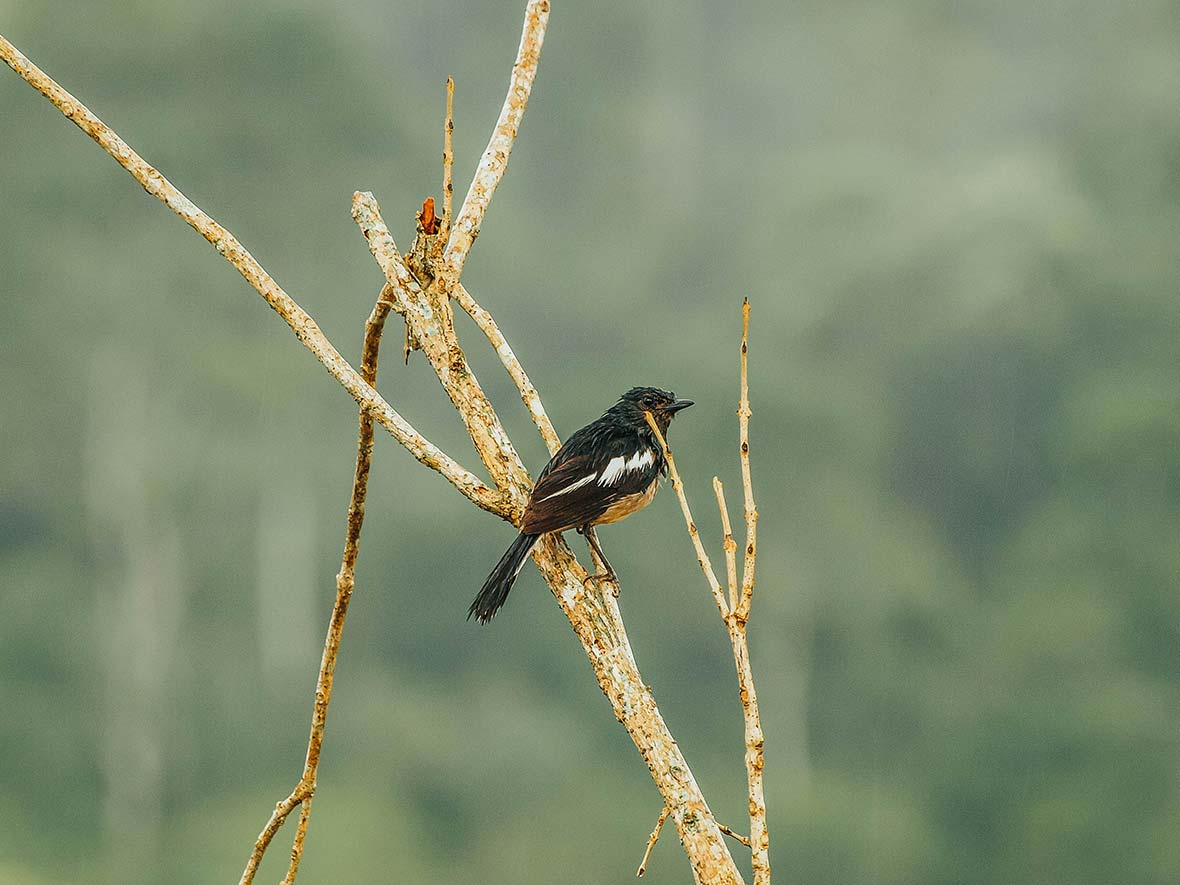
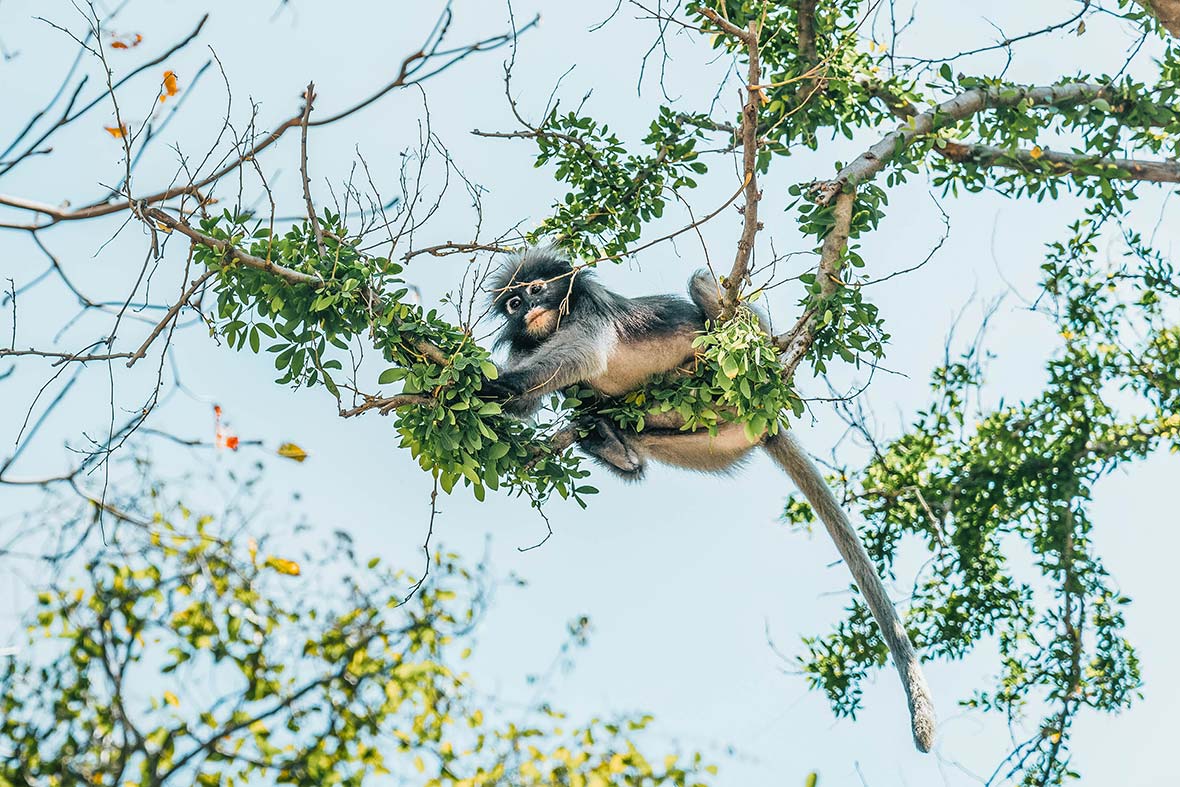
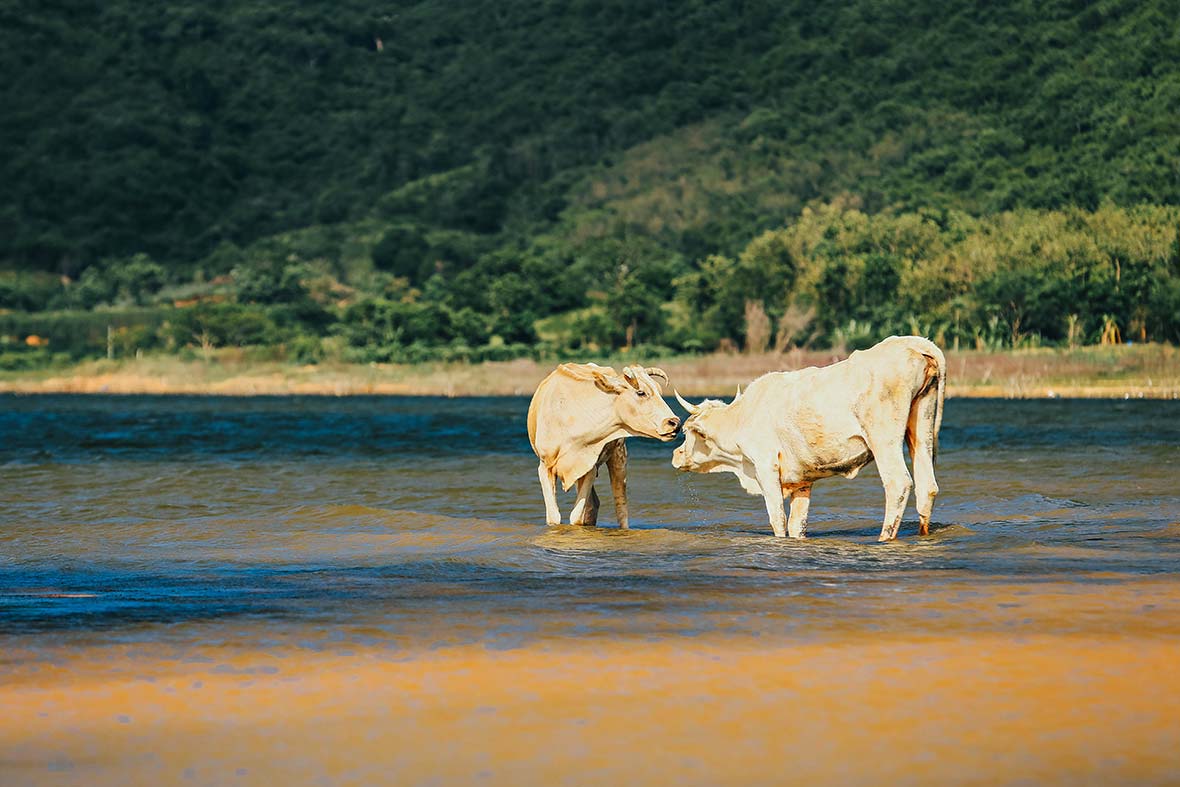
At some point a young bull took too much interest in us on the ridge and started to make signs he was unhappy, trumpeting and kicking up dust. Park rangers told us to leave. It was time to start out of the jungle. So as a group, we walked off as quietly as we could as that young bull looked on from a distance still flapping its ears in the dust.
Some of the best wildlife-spotting opportunities materialized at the end of our tour. Elephants, gaur, betangs (wild cattle), and dholes (wild dogs) running in the scrub and as the gloaming set in gibbons started to sing far off and pairs of hornbills soared back to their home nests, high in the treetops.
And then it was over, and it was time to head out and east towards Hua Hin. Having been transported to a greener, quieter world where pachyderms graze alongside giant bovines in a pristine setting of uninterrupted wild and then suddenly back to civilization was a bit jarring, but it’s nice to know that place is there when needed.
